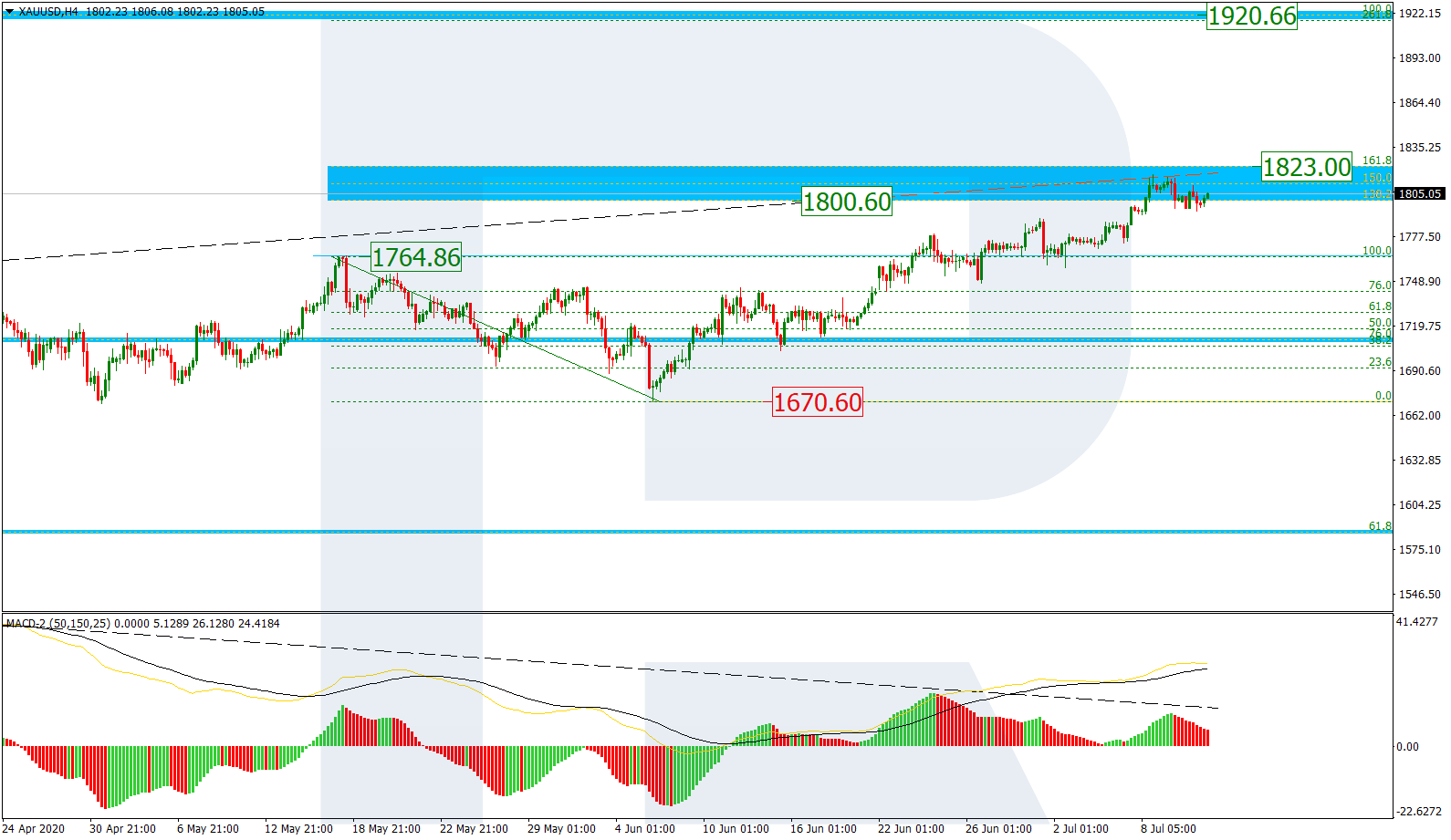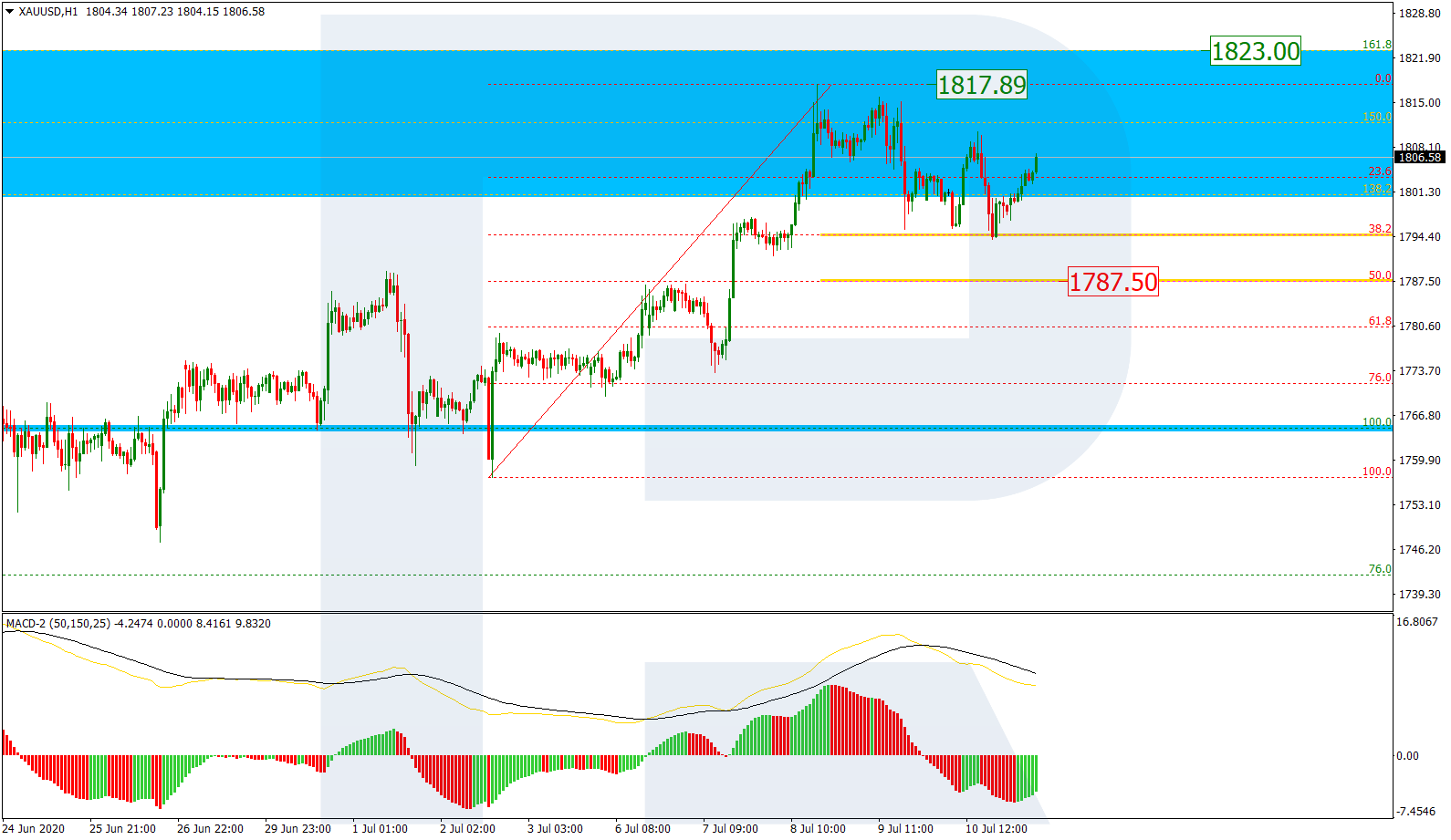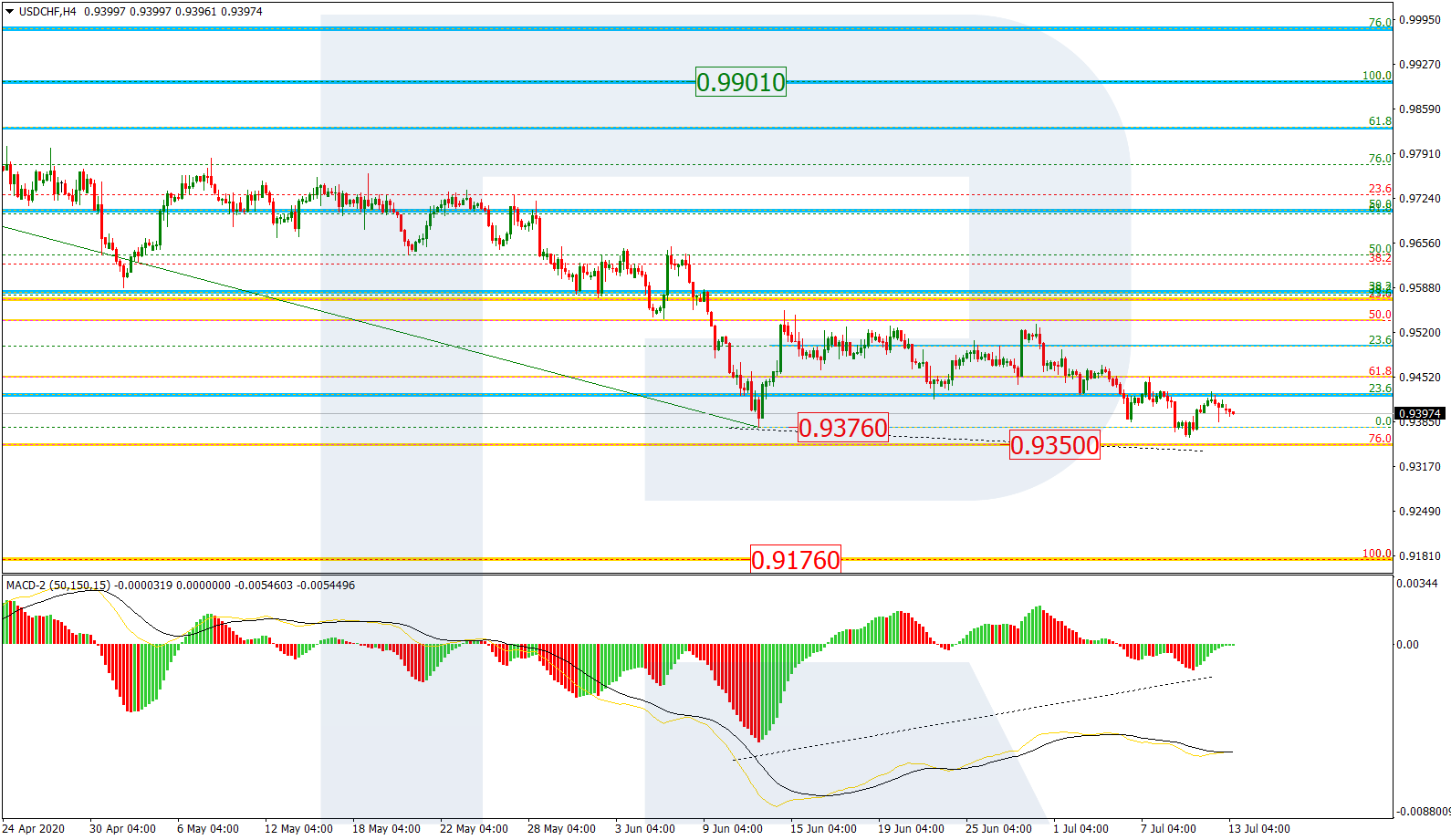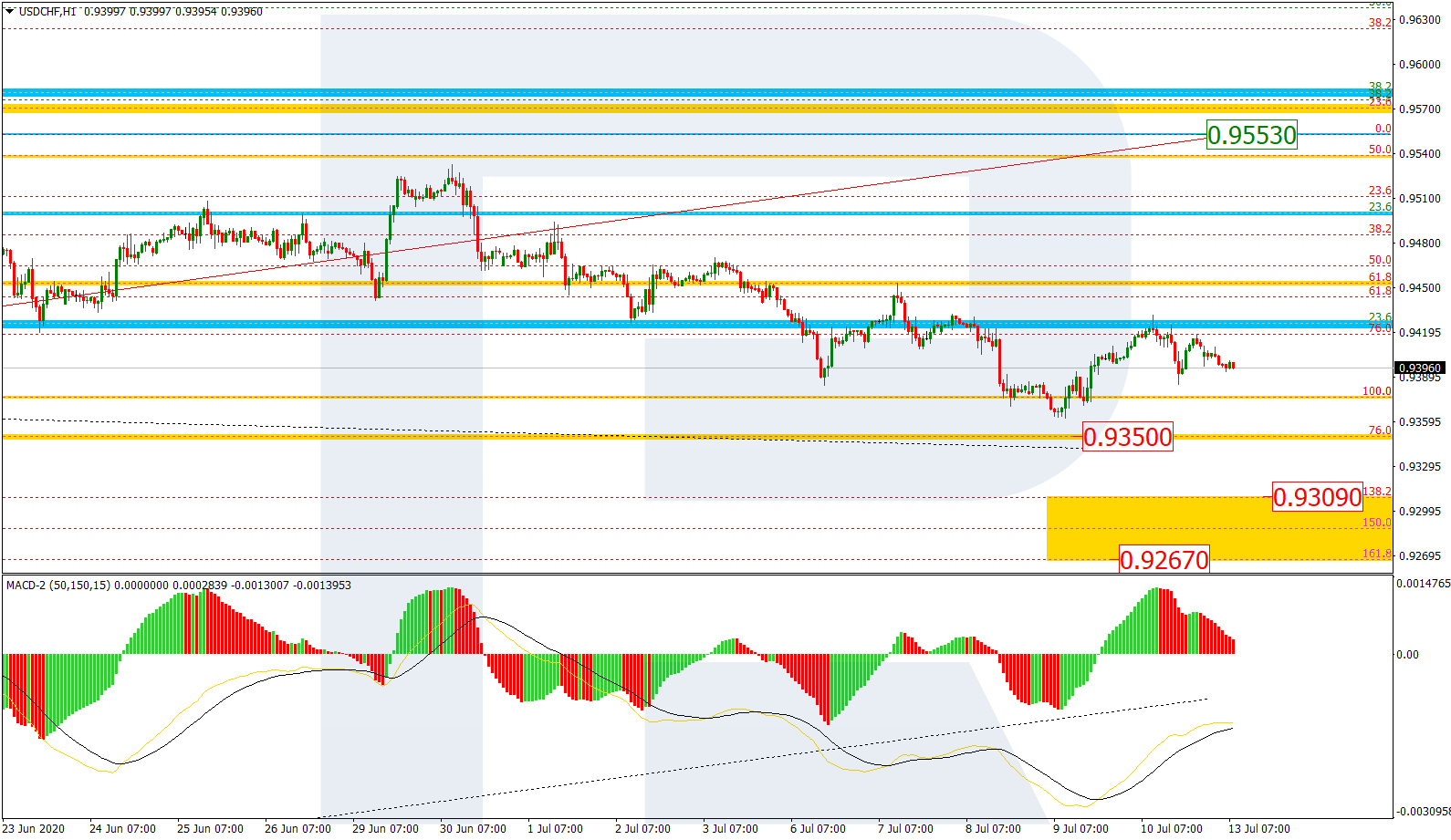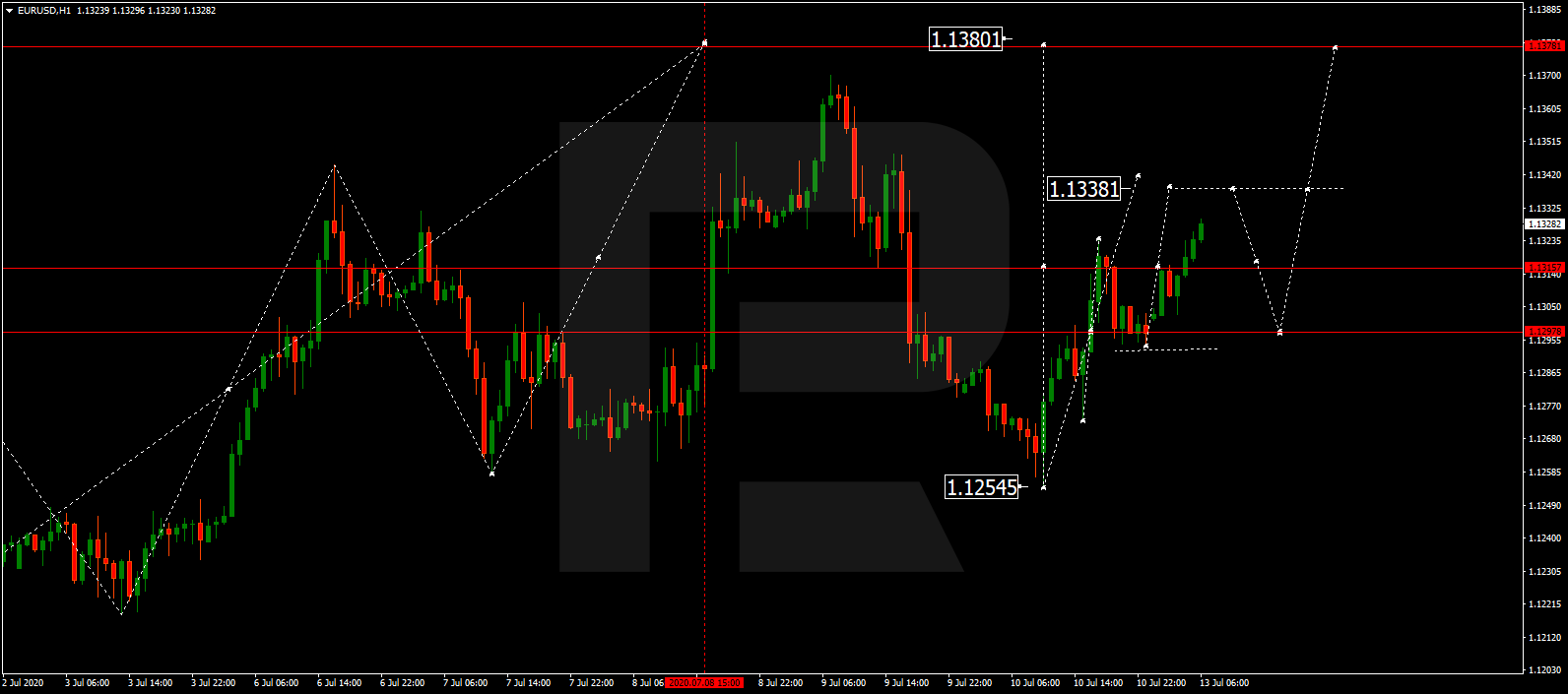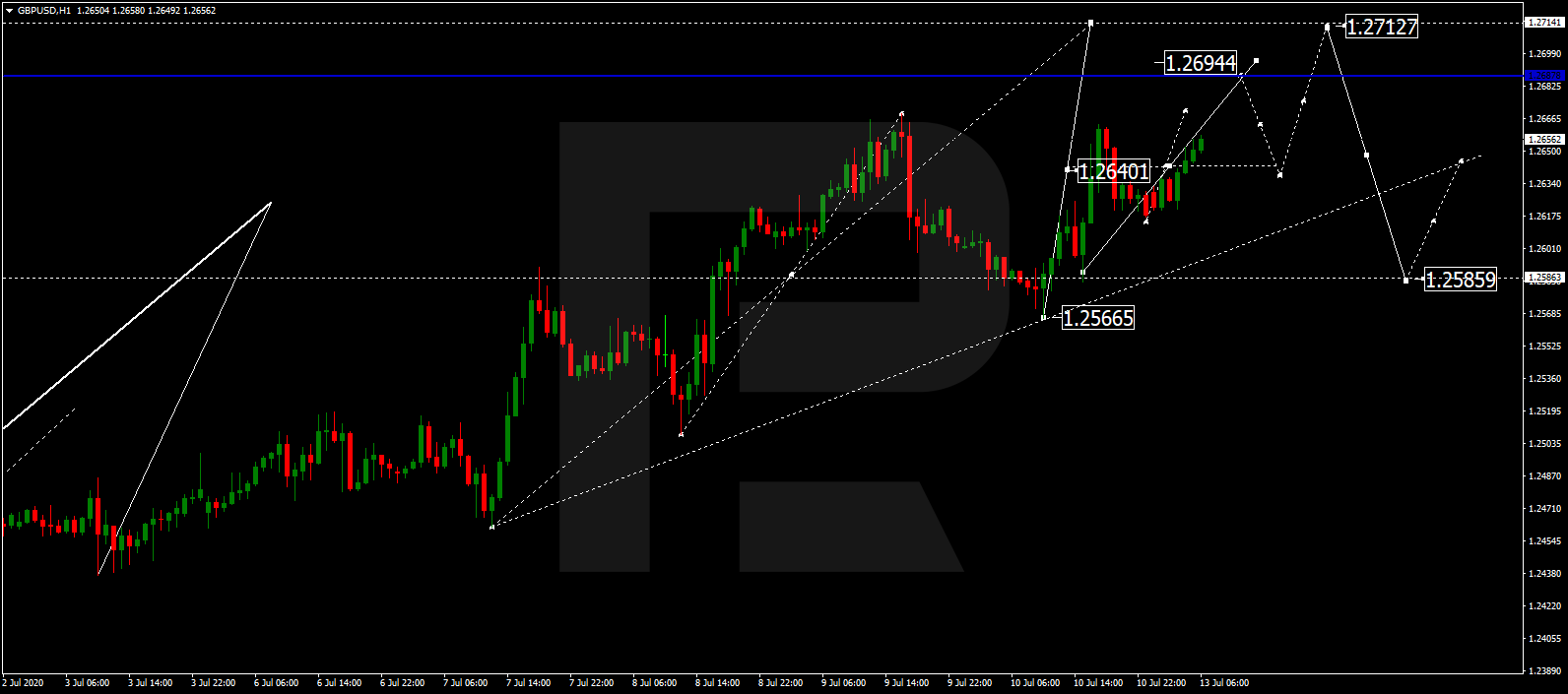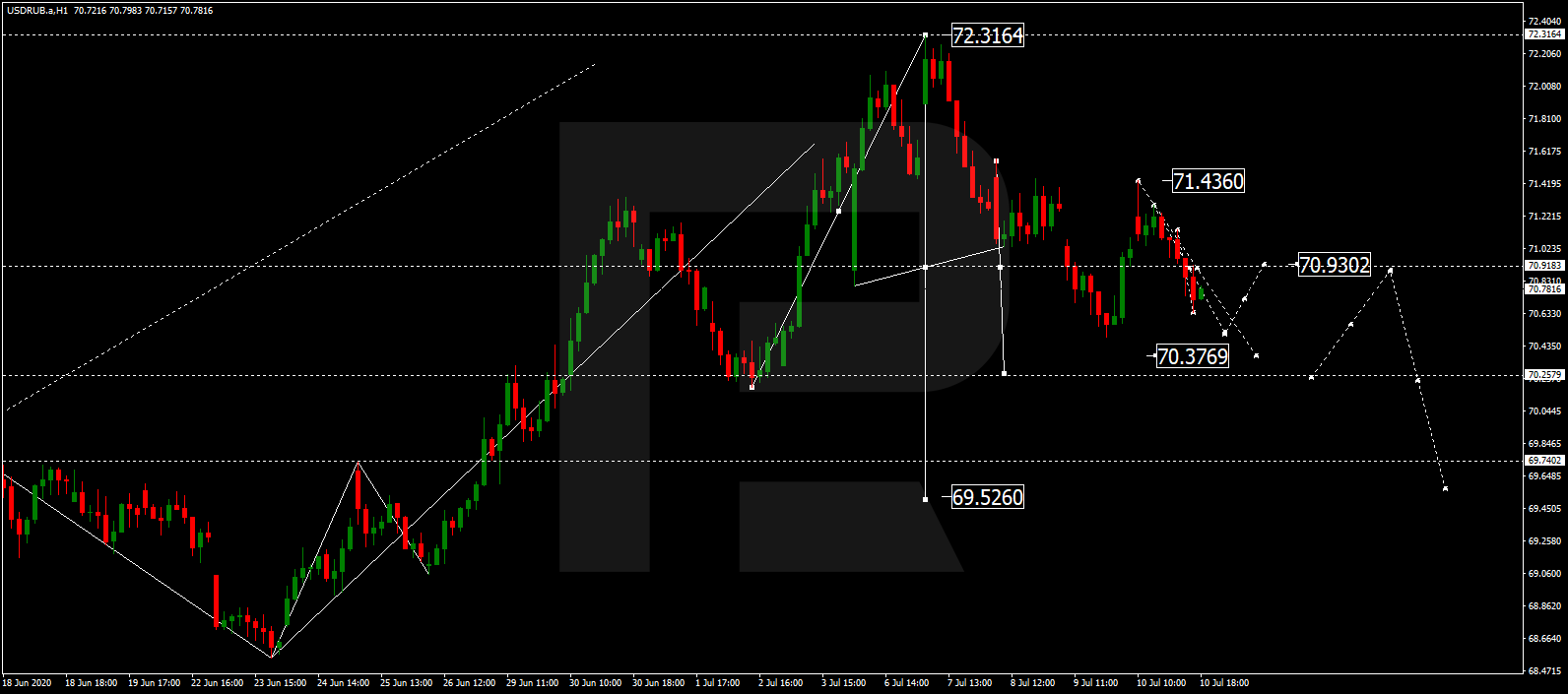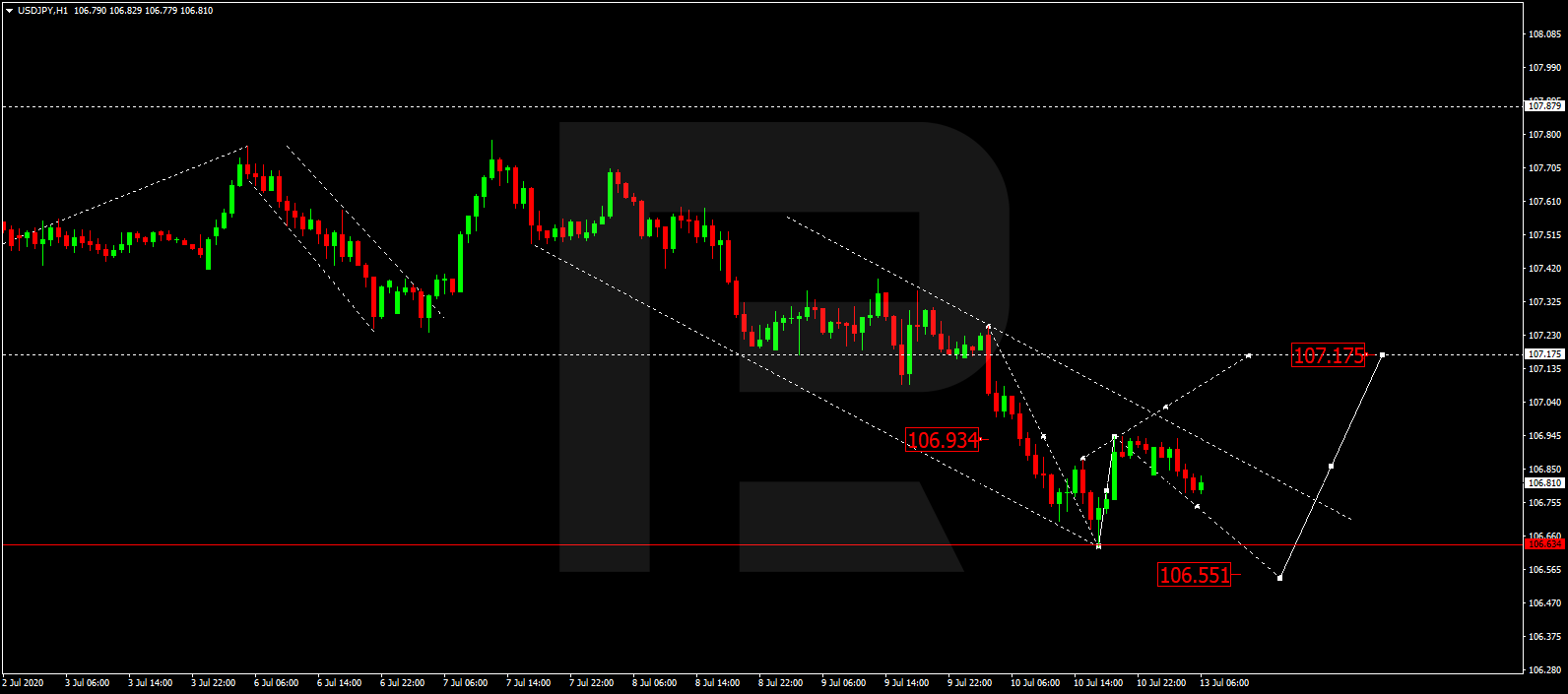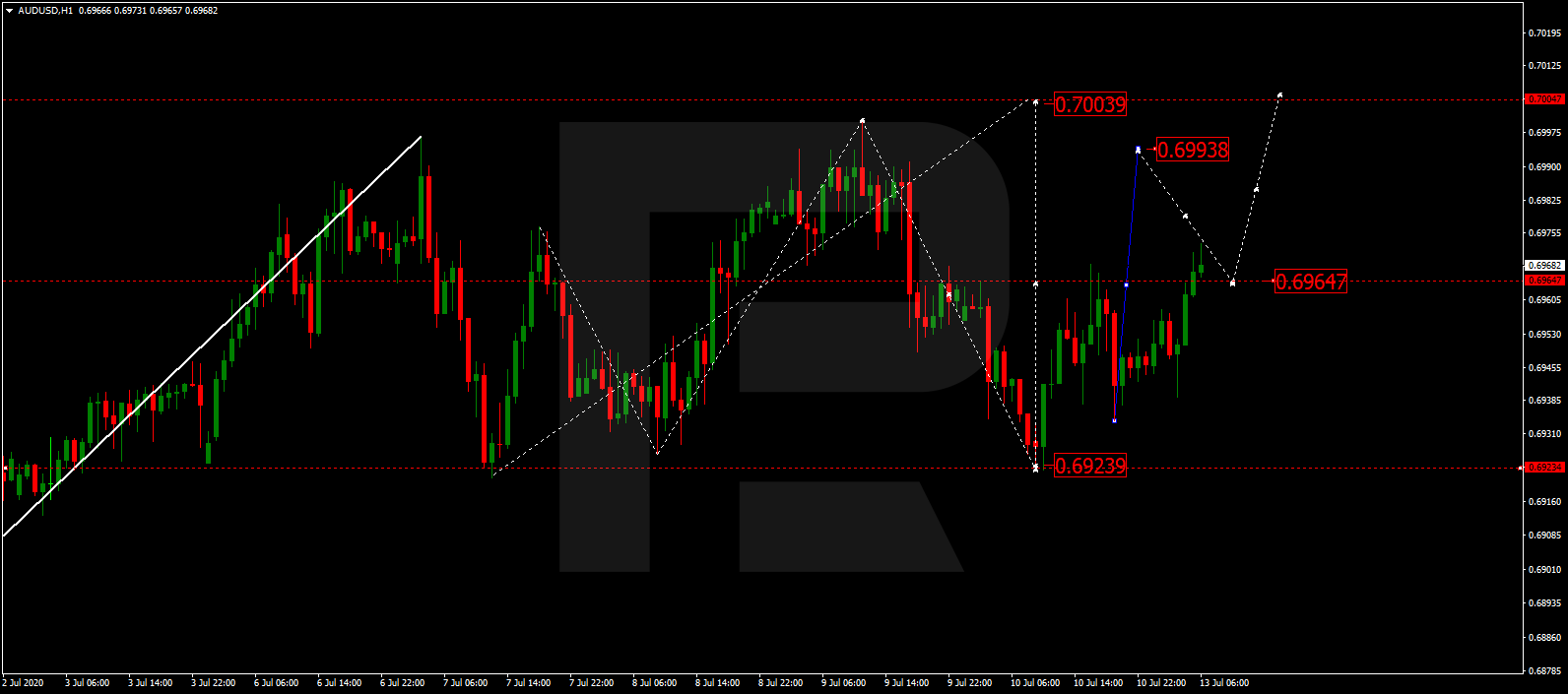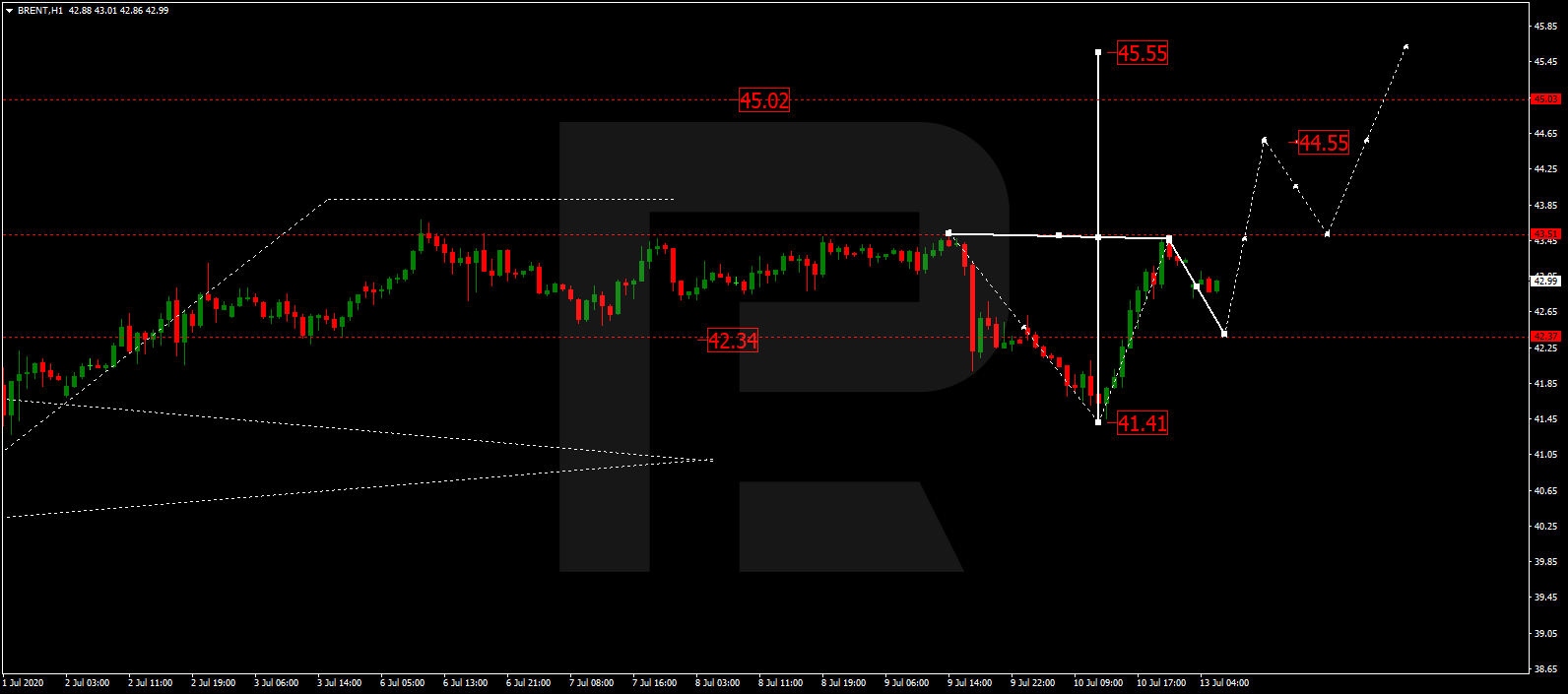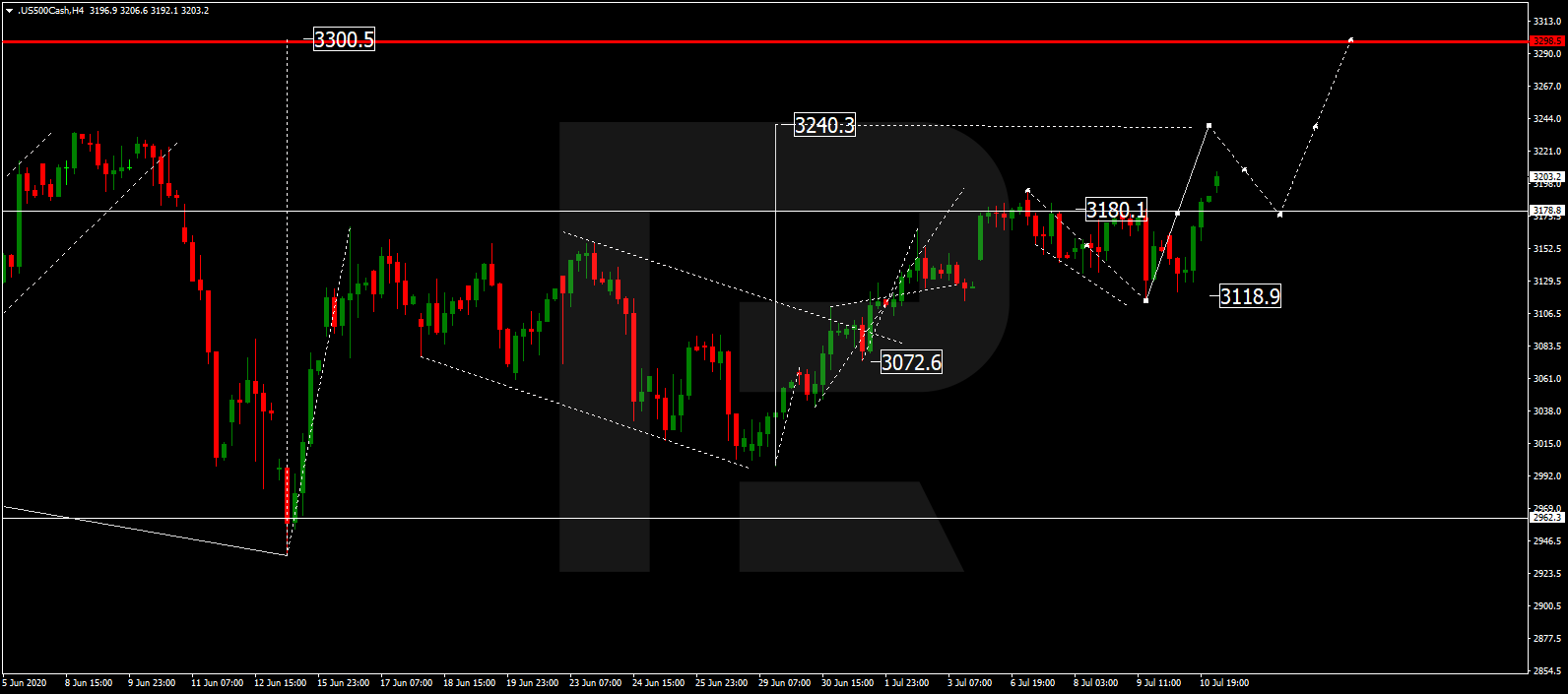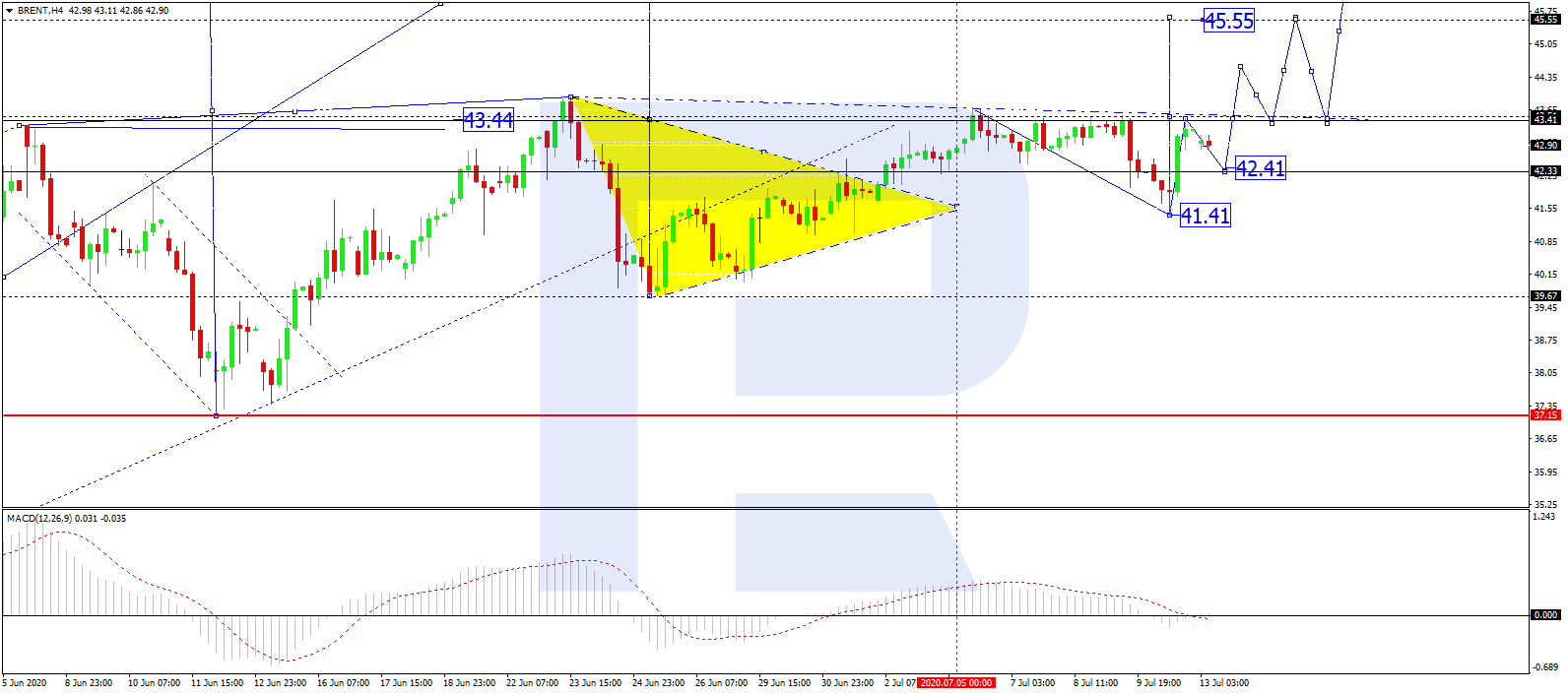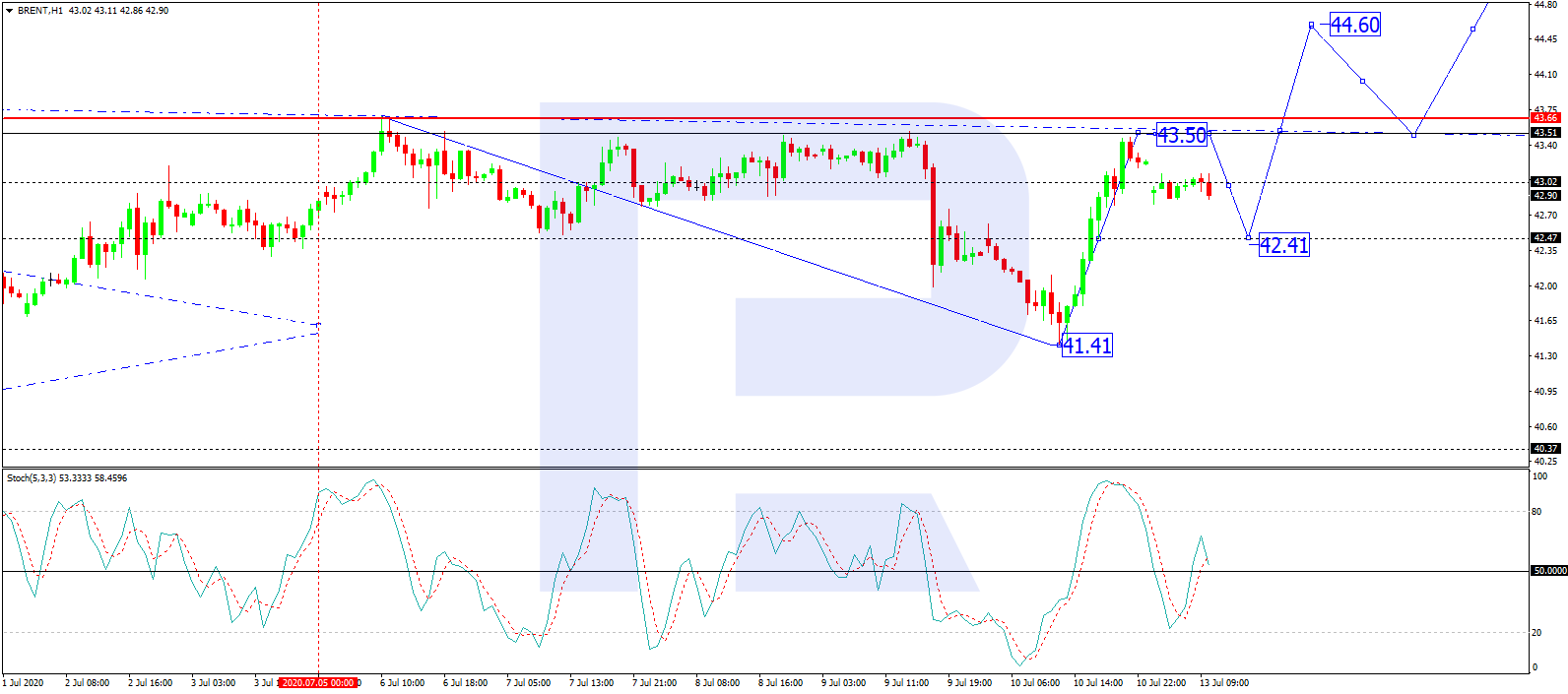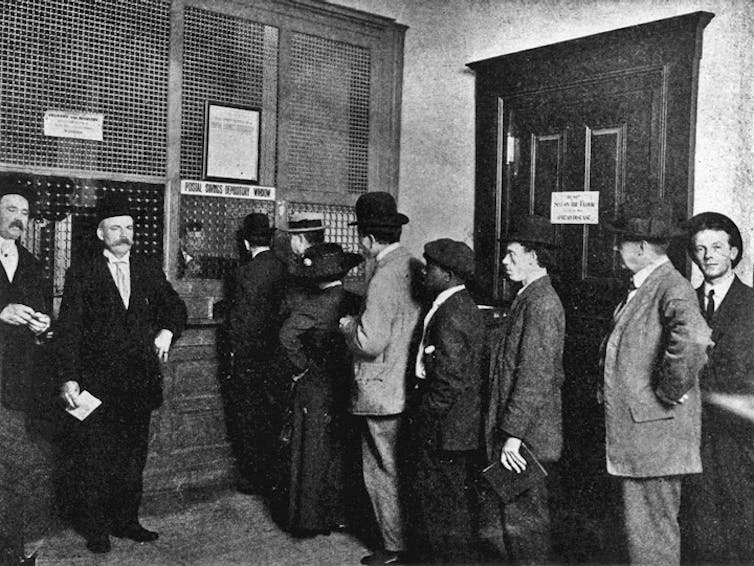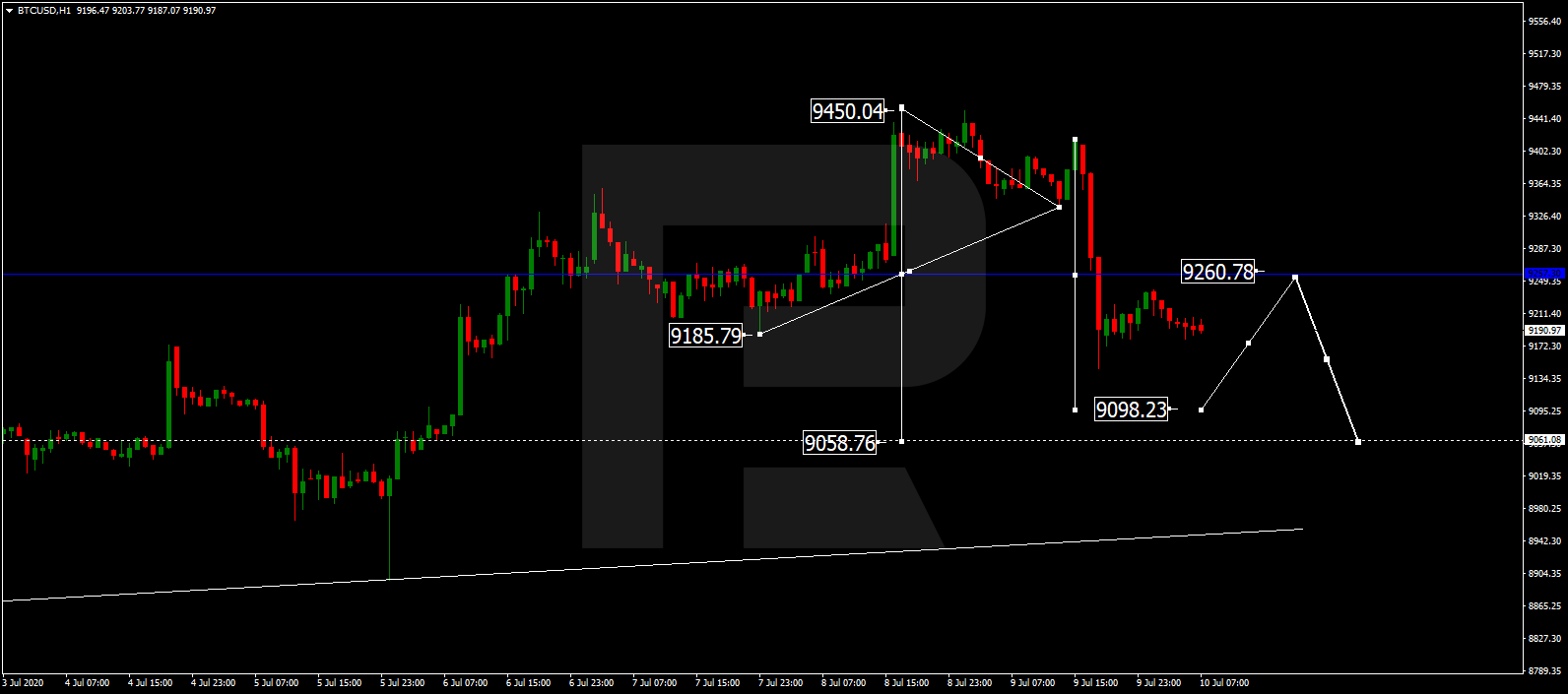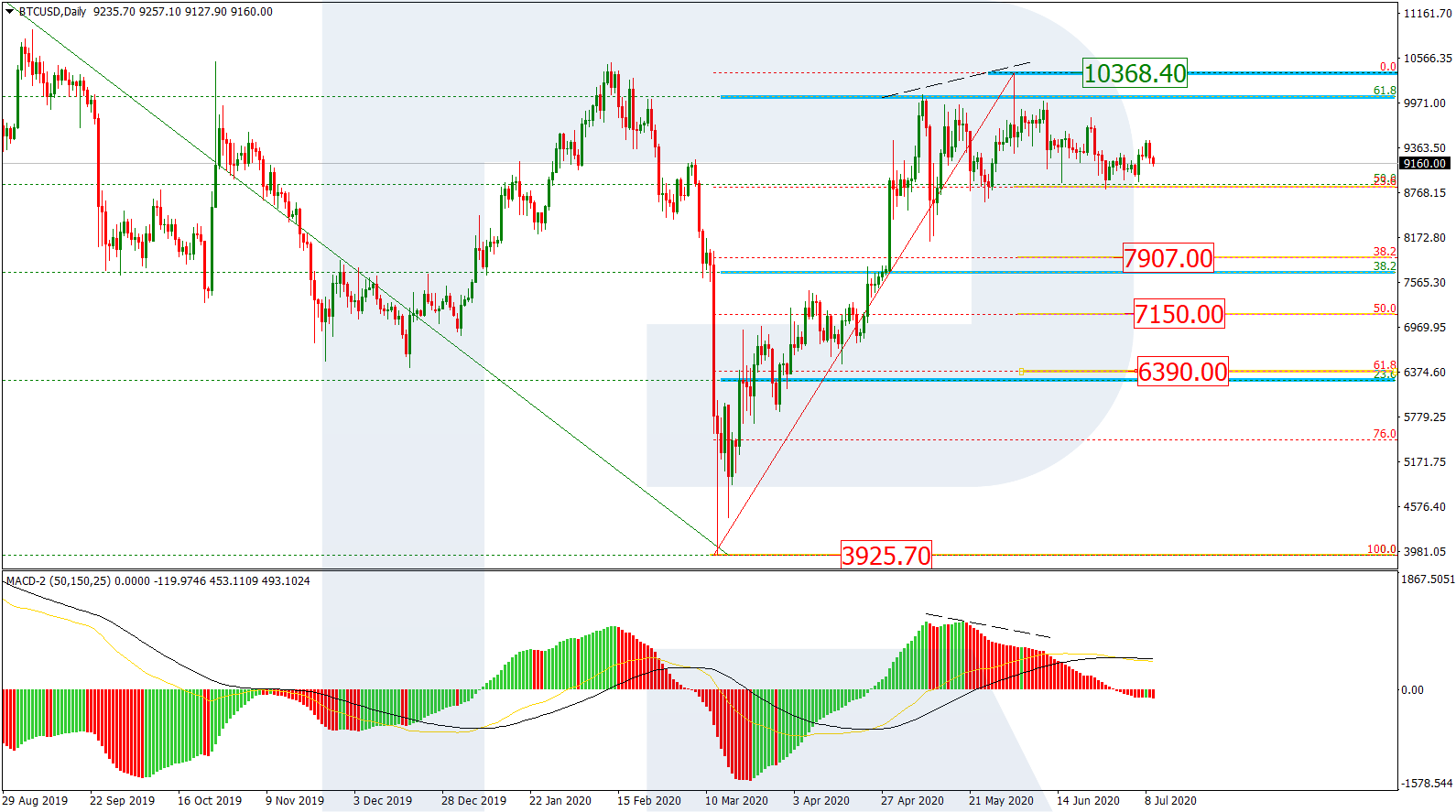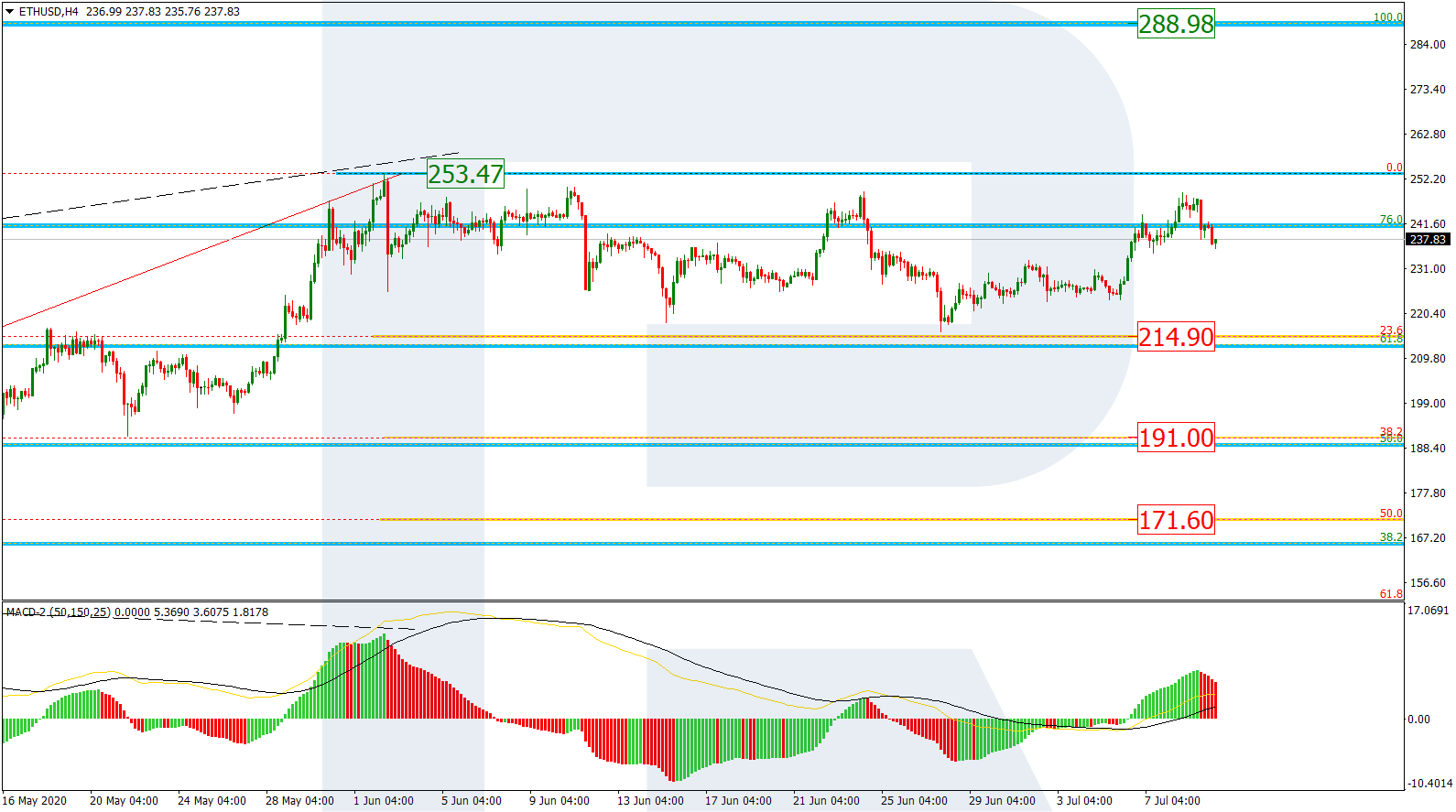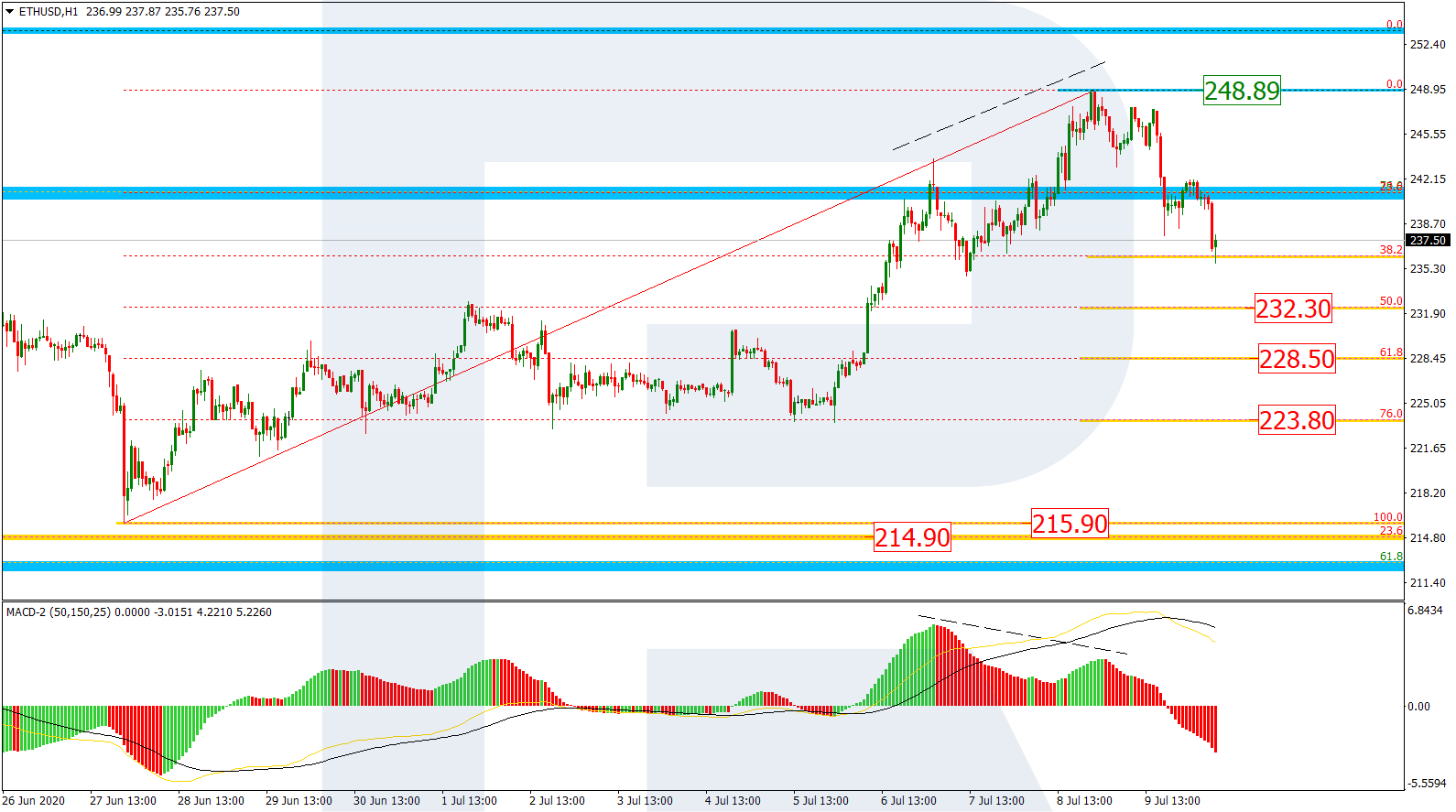By Dan Steinbock
– Recently, the US has suffered a series of COVID-19 surges. The escalation won’t stay in America. It is likely to cause collateral damage worldwide.
In early June, US states began to exit from the lockdown measures, even though the epidemic curve had not been adequately flattened. On July 4th, the White House sought for a “return to normal” with a celebration at Mount Rushmore.
Once again, the Trump crowds were not required to wear face masks or practice social distancing, although the US has recently tallied its highest single-day totals of coronavirus infections.
Confirmed virus cases in the US could exceed 4 million after mid-July, with over 140,000 deaths, while new cases average over 50,000 daily.
As a result of crisis mishandling, U.S. GDP growth suffered a -5% contraction in the 1st quarter, which is likely to be followed by a historical -53% plunge in the 2nd quarter.
The COVID-19 surge across America is no surprise, however. It was only to be expected in light of the catastrophic mishandling of the pandemic by the White House, as projected in my report, The Tragedy of Missed Opportunities in April (Shanghai Institutes for International Studies).
Massive failure, huge human and economic costs
On January 3, when the virus gene sequencing was completed by China’s CDC and emergency monitoring initiated, Chinese officials notified WHO. That’s when US CDC director Dr. Robert R. Redfield called Alex M. Azar II, secretary of health, telling him that China had potentially discovered a new coronavirus.
Yet, no proactive mobilization occurred. Instead, a long debate began within the Trump administration over “what to tell to the American public.”
By the WHO’s announcement of the international emergency (Jan 30, 2020), first cases were also recorded in 20 countries worldwide, including the US. But again, the Trump White House chose not to mobilize.
Even when the epicenter moved from Europe to the US, the White House delayed full response. It was only after March 10, when the WHO declared the virus a pandemic that the White House began to mobilize federal resources against the outbreak – over 2 months belatedly and ineffectively.
To win re-election, the Trump administration has tried to evade responsibility by blaming WHO and China for its mistakes. Yet, US COVID-19 mobilization failed, due to complacency, belated mobilization, inadequate preparedness, poorly-enforced lockdowns, premature exits from quarantines, failed leadership, and the list goes on.
Worse, Trump’s decision to exit the US from the WHO will compound public-health risks in the future, both in the US and worldwide. But the long-term international implications may prove even worse.
Beware of US virus exports
What happens in America will not stay in America. Due to months of fattening rather than flattening the curve and the associated resurgence of COVID-19 in the US, international exits from lockdowns and global economic recovery are virtually ensured to take a series of new hits when the US eventually returns back to business.
The recent travel ban by the EU against the United States is just a tip of the iceberg. Mexican border states have raised serious concerns about Americans’ pandemic inflows into the south.
Washington implemented strict inflow protocols against Mexicans in March. Yet, as the virus had its first peak in early spring and is now enjoying its second wave in the US, Americans continue to cross the border into Mexico.
What happens in the US-Mexican border today is just a prelude to what will ensue internationally as US containment failures – followed by secondary virus waves – are likely to be exported around the world.
About the Author:
Dr. Dan Steinbock is an internationally recognized strategist of the multipolar world and the founder of Difference Group. He has served at the India, China and America Institute (USA), Shanghai Institutes for International Studies (China) and the EU Center (Singapore). For more, see https://www.differencegroup.net
